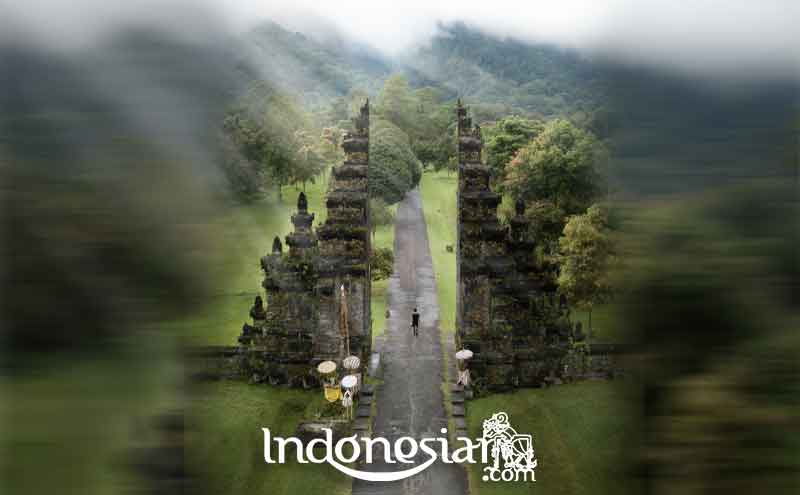News & Events
Why are the majority of Balinese Hindus? Why are they non-Muslim?
- July 23, 2020
- Posted by: ASEAN
- Category: Budaya INDONESIA

The origin of the Balinese is divided into three periods or waves of migration: the first wave occurred as a result of population distribution that occurred in the archipelago during prehistoric times; the second wave occurred slowly during the development of Hinduism in the archipelago; the third wave was the last wave originating from Java, when Majapahit collapsed in the 15th century – along with the Islamization that took place in Java – a number of Majapahit people chose to preserve their culture in Bali, thus forming a syncretism between classical Javanese culture and indigenous Balinese traditions.
Balinese culture
Balinese culture is famous for its dance, performance art and sculpture. Covarrubias observed that every Balinese deserves to be called an artist, because there are various art activities that they can do – apart from their busy life as farmers, traders, coolies, drivers, etc. – from dancing, playing music, painting, sculpting, singing, to play the play. Even in a dilapidated village one can find beautiful temples, reliable gamelan players and even talented actors. Even offerings made by Balinese women have an artistic side to the interwoven pieces of coconut leaves and a neat and towering arrangement of fruits. According to Covarrubias, Balinese artists are amateur artisans, who carry out artistic activities as a form of offering, and do not care whether their names will be remembered or not. Balinese artists are also good imitators, so there are temples decorated with carvings that resemble typical Chinese gods, or decorated with motorized reliefs, which they sample from foreign magazines.
Gamelan is a vital art form of music in various traditional Balinese events. Each type of music adapted to the show. Music for piodalan (anniversary) is different from the accompaniment of metatah music (sharpening teeth), as well as marriage, cremation, melasti, and so on. A variety of gamelan is also adapted to various types of dance in Bali. According to Spies, dance makes the whole of Balinese life at the same time an important element in a series of endless traditional and personal ceremonies.
As in Java, the Balinese are also familiar with wayang performances, but with a form of wayang that resembles more humans than Javanese puppets. The Balinese also have unique aspects related to their religious traditions. Their religious life is a syncretism between Hindu-Buddhist religion and Balinese tradition.
The Original Belief of Balinese People
The majority of Balinese are Hindu. As many as 3.2 million Indonesian Hindus live in Bali and the majority adheres to the Hindu beliefs of the Shiva-Buddhist sect, making it different from Indian Hindus.
Hindu priests from India who traveled in the Archipelago introduced Hindu-Buddhist literature to the Balinese tribe centuries ago. Society accepts and combines it with pre-Hindu mythology which they believe. [9] The Balinese who existed before the third wave of migration, known as the Bali Aga, mostly adhered to a different religion than the Balinese in general. They maintain the animist tradition.
The existence of Balinese belief is inseparable from the interference and support of the Dutch government, some naturalists, Balinese elites and the people of the Netherlands. The colonial government banned missionaries from operating in Bali in 1881. In 1924, the Roman Catholic mission to Bali was rejected by the Balinese elite and the colonial officials supported it. In addition, Dutch Protestant missionaries who wanted to enter Bali in 1931 were also opposed.
Source : wikipedia
Leave a Reply Cancel reply
You must be logged in to post a comment.